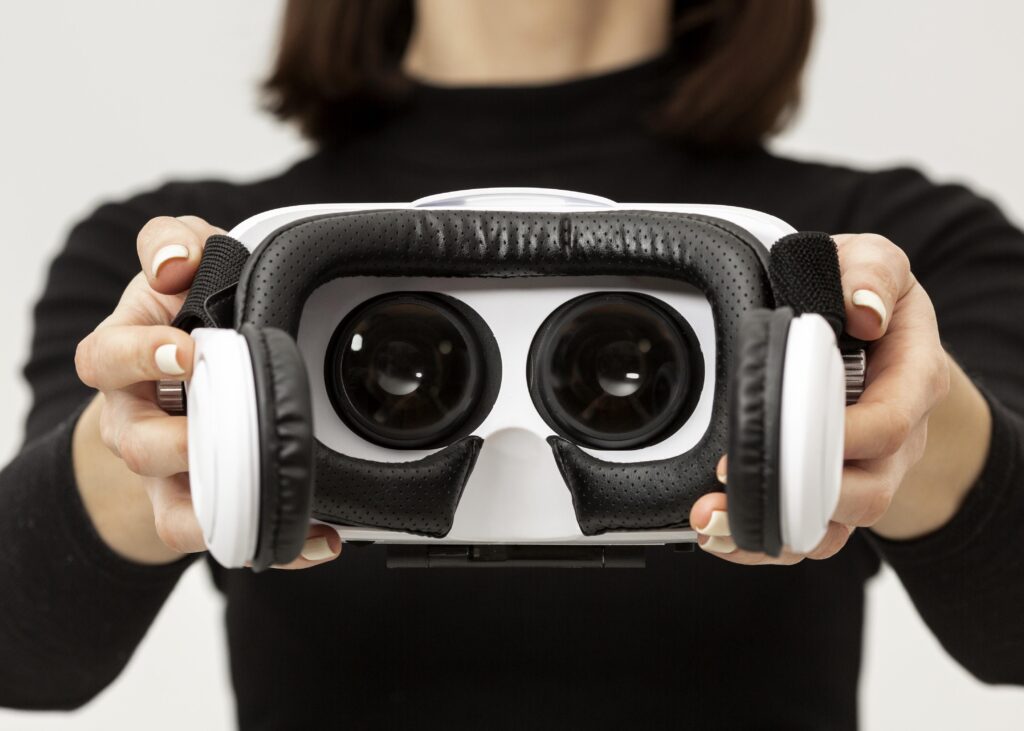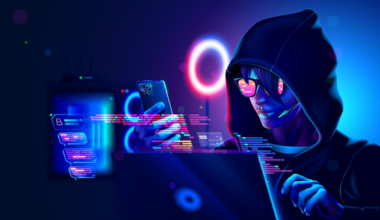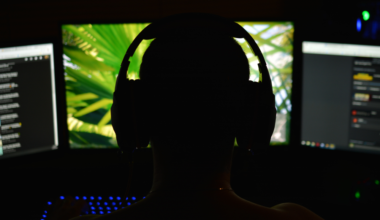Apple Vision Pro Input Attack: GAZEploit Threat & User Data Risks
The latest vulnerability in Apple Vision Pro reveals how hackers can exploit virtual keyboard inputs, posing significant risks to user data and privacy. This emerging threat, termed GAZEploit, underscores the need for robust security measures in mixed reality environments.
Understanding the Apple Vision Pro Input Attack
The Apple Vision Pro Input Attack refers to a newly discovered vulnerability that allows hackers to intercept and manipulate virtual keyboard inputs on the Apple Vision Pro device. This attack poses significant risks as it could grant unauthorized access to sensitive data, including passwords and personal information.
This security flaw reveals critical weaknesses in the system’s input handling, raising questions about the cybersecurity measures integrated into virtual reality environments and the potential for similar exploits in other mixed reality devices. For anyone interested in defending against such threats, cybersecurity courses in Delhi offer essential training.
Introduction to GAZEploit: A New Security Threat in Virtual Reality
GAZEploit is a term used to describe the exploitation technique that targets gaze-controlled systems, such as the Apple Vision Pro. Hackers leverage this method to capture and misuse input data from virtual keyboards used in VR environments.
Through GAZEploit, attackers can monitor what the user is typing in real-time, turning it into a potent tool for cybercriminals aiming to steal credentials or inject malicious commands. Understanding such threats can help users and security professionals alike. Enrolling in a cybersecurity course or seeking certification from the best cybersecurity institute in Delhi can significantly improve your skills in detecting and combating such attacks.
How Hackers Exploit Virtual Keyboard Inputs
Hackers exploit virtual keyboard inputs by infiltrating how these inputs are processed within the VR system. They can intercept input data before it’s encrypted through various means, such as malware, exploiting bugs, or unsecured communication channels.
Once hackers gain access, they can monitor keystrokes, steal passwords, and even manipulate input data to execute malicious actions. To defend against such sophisticated attacks, consider cybersecurity certifications online to enhance your expertise in safeguarding virtual environments.
CVE-2024-40865: Details of the Vision Pro Security Flaw
Identified as CVE-2024-40865, this security flaw specifically targets the Apple Vision Pro’s virtual keyboard input system. It allows unauthorized access to sensitive data, making it possible for hackers to intercept and manipulate user input.
Security researchers uncovered that some input handling processes were inadequately protected, leaving them vulnerable to exploitation. This discovery calls for deeper scrutiny of the cybersecurity protocols applied to VR devices. Those aspiring to gain an edge in protecting against such vulnerabilities should consider joining a cybersecurity course in Delhi or cybersecurity classes.
The Potential Risks and Consequences for Users
The risks for users affected by this vulnerability are severe. Hackers could steal sensitive data such as passwords, personal information, and even financial credentials. The consequences include identity theft, unauthorized access to online accounts, and financial losses. Manipulation of input data could also trigger malicious actions, jeopardizing the integrity of the VR system.
To mitigate such risks, users and security professionals should be aware of the latest cybersecurity certifications and cybersecurity training to stay updated on defending against evolving threats.
Apple’s Response: Fixing the Vulnerability in VisionOS 1.3
In response to the discovery of CVE-2024-40865, Apple has rolled out a security update in VisionOS 1.3 to address this vulnerability. The update includes enhanced encryption protocols for input data and improved input handling processes.
Apple encourages all Vision Pro users to install the update to safeguard their devices from potential exploits. These actions reinforce the importance of staying updated with software patches, a key lesson emphasized in cybersecurity courses online.

Apple’s Future Security Measures
In addition to the immediate fix, Apple has outlined ongoing security measures, including regular audits, collaboration with cybersecurity experts, and advanced threat detection systems. These efforts aim to prevent future exploits, ensuring the security of users’ data and maintaining trust in virtual reality technology.
For individuals interested in learning how companies like Apple respond to security vulnerabilities, pursuing a cybersecurity certification online or attending courses in reputed institutes can provide invaluable insights.
Protecting Yourself from Input Attacks
Users can protect themselves from input attacks by ensuring their devices are updated with the latest security patches. Using strong passwords, enabling multi-factor authentication, and exercising caution when installing software are essential steps. Additionally, taking a cybersecurity training course can empower users to detect and respond to threats more effectively.
Implications for Future Mixed Reality Devices
This vulnerability in the Apple Vision Pro highlights significant implications for future mixed reality devices. It demonstrates the importance of incorporating strong cybersecurity measures in the design of these technologies to prevent unauthorized access to user data.
Manufacturers and developers must prioritize security to maintain user trust and prevent future vulnerabilities. Pursuing cybersecurity courses can help professionals stay ahead of emerging threats in the mixed reality landscape.
Closing the Loop: Can Gaze-Controlled Systems Ever Be Secure?
The question of whether gaze-controlled systems can be completely secure is difficult to answer. While advancements in cybersecurity protocols can mitigate risks, the evolution of cyber threats means vulnerabilities may continue to surface. A combination of strong security measures, continuous updates, and user awareness will be key to maintaining secure systems.
As technology evolves, ongoing research will be crucial to addressing new challenges. Cybersecurity training and certifications can equip professionals with the skills to protect systems and data in this ever-changing environment.
Conclusion
The discovery of the Apple Vision Pro Input Attack underscores the evolving threats facing virtual reality environments. By understanding how hackers exploit vulnerabilities and taking proactive steps, users can better protect themselves. To stay updated on the latest security trends and how to defend against cyber threats, consider enrolling in cyber security courses or pursuing cyber security certifications that cover VR and MR security.
Additional Keywords Integration:
The growing importance of cybersecurity education is evident in the face of evolving threats like the Apple Vision Pro Input Attack. To effectively counter such vulnerabilities, enrolling in a cyber security course in Delhi or pursuing cyber security certifications can provide invaluable knowledge. The best cyber security institute offers comprehensive training programs that cover real-world threats, including input manipulation and gaze-based attacks like GAZEploit. With cyber security courses online and cyber security certifications online, learners can gain the skills needed to protect against these emerging risks, ensuring their expertise in defending against sophisticated attacks in virtual and mixed reality environments.







